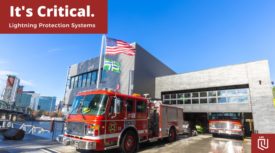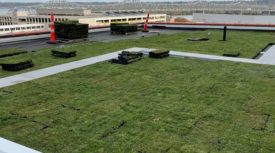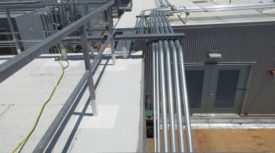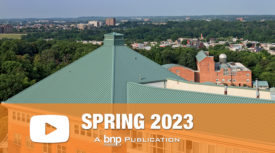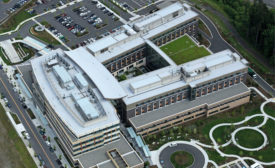Low-Slope Roofs
Sponsored by GAF | Siplast
CEU: More Than Just a Roof
Improving Energy Efficiency and Performance at the Roof for Schools and Hospitals
May 1, 2023
Get our new eMagazine delivered to your inbox every month.
Stay in the know on the latest building & construction industry trends.
SUBSCRIBE TODAY!Copyright ©2024. All Rights Reserved BNP Media.
Design, CMS, Hosting & Web Development :: ePublishing
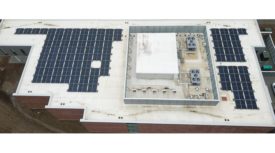
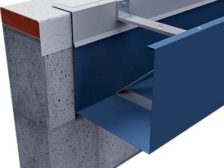
.jpg?height=168&t=1688045051&width=275)
